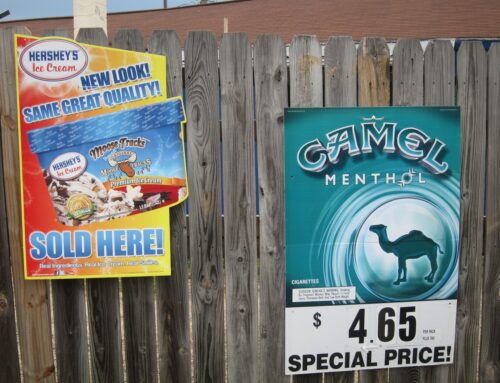Every morning, I scroll through LinkedIn’s Daily Rundown, an easy-to-digest recap of trending “professional news,” while enjoying my first sips of coffee. I don’t know if the content is tailored to me by an algorithm, but back in January, this headline caught my eye:
Dollar General’s secret to success, why scooters are taking off in Israel, and more top insights from Clay Christensen
Scooters are fun, I guess, but that’s not what piqued my interest. It was the Dollar General mention. So I scrolled down to find this blurb:
More locations than McDonald’s or Starbucks: As retailers across the U.S. close brick and mortar stores, Dollar General opened more than 2,000 new locations in 2017 and 2018, with plans to open 975 in 2019. What gives? The company has nailed what my team calls the customer’s “Job to Be Done.” Dollar General’s smaller footprint offers customers a quick and convenient way to get the essentials — at extremely low prices. Rather than endure a mile-long journey through a superstore, customers enjoy a seamless experience on every visit.
I was shocked by the positive spin on Dollar General’s strategy. Here’s why: Dollar General is not an example of a healthy retailer. They sell inexpensive tobacco products, calorie- but not nutrient-dense food, and sugar-sweetened beverages. Sure, most grocery stores have tobacco and junk food too, but they also have fresh produce, lean protein, and healthier snacks and prepared food options. When you visit Dollar General’s website, the products images in the “fresh food” category are for cheese, packaged deli turkey, and Cool Whip. Unfortunately, for many people in neighborhoods where a Dollar General is their go-to outlet for the “essentials at extremely low prices,” they could be paying the price in poor health outcomes down the road.
And the fact that Dollar General has more locations than McDonald’s or Starbucks is cause for concern because it tells us that the density of these stores is high, meaning they could be easily-accessible and highly visible in some communities.
GIS Nuggets
When we train on the importance of mapping for public health, we often share the work of Stephen Von Worley and his quest to map all of the McDonald’s locations in the continental US in order to find the “McFarthest Spot” (the spot farthest away from a McDonald’s—it’s in northwestern NV). Here’s the map from his 2018 update:

Here’s a map I found of all of the Starbucks locations in the US in 2018 from the Red Lion Data blog:

Fun fact: According to this Quartz article from 2014, it is possible to travel from Boston to Philadelphia and never be more than 10 miles from a Starbucks.
Finally, here’s one from ScrapeHero of all of the Dollar General locations in the US as of mid-July 2019:

McDonald’s and Starbucks each have over 14,000 stores in the US while Dollar General has nearly 16,000. That’s one Dollar General for every 20,000 Americans or so. But we know that this isn’t how density works, because it’s not like those 20,000 Americans are clustered in the same region. And according to their website, most of their stores are located in “small to mid-size communities.”
Humor Me
Let’s pretend that Dollar General has exclusive rights to sell tobacco products and no other store can sell them. The map above is showing a nation where tobacco products are easy to find, especially in the eastern half of the country, thanks to Dollar General’s density. But the chain is only one of many retailers—including chains and independent stores—that sell tobacco. Imagine a map with a dot for every tobacco retailer across the nation, or even just in your community.*
Now imagine if instead of representing tobacco retailers, those dots represented stores where food that’s good for you is available, fresh, and reasonably priced, and tobacco products are nowhere to be found.
Imagine the kind of public health impact Dollar General would have if the blurb in my Daily Rundown read like this instead:
More locations than McDonald’s or Starbucks: As retailers across the U.S. close brick and mortar stores, Dollar General opened more than 2,000 new locations in 2017 and 2018, with plans to open 975 in 2019. What gives? The company has nailed what my team calls the customer’s “Job to Be Done.” Dollar General’s smaller footprint offers customers a quick and convenient way to get the essentials for a healthy life—at prices they can afford. Rather than endure a mile-long journey through a superstore, customers enjoy a seamless experience that they can feel good about on every visit.
Doesn’t seem that outlandish to me.
*Counter Tools can help create maps of tobacco retailers in your community. Learn more about what we do.



